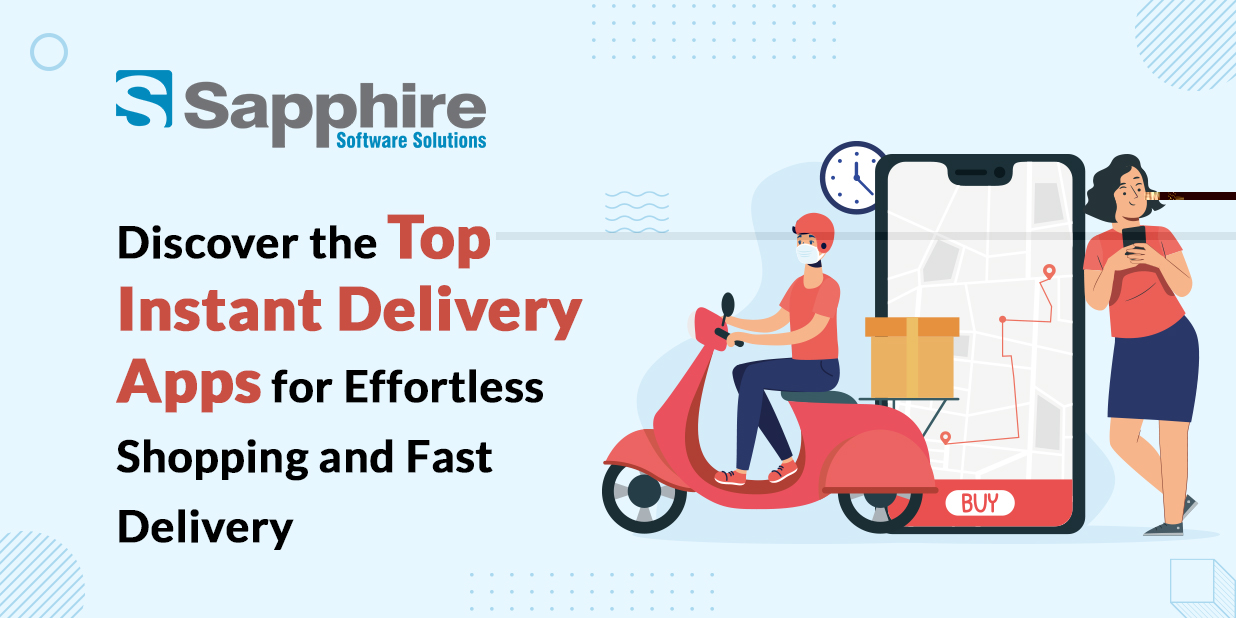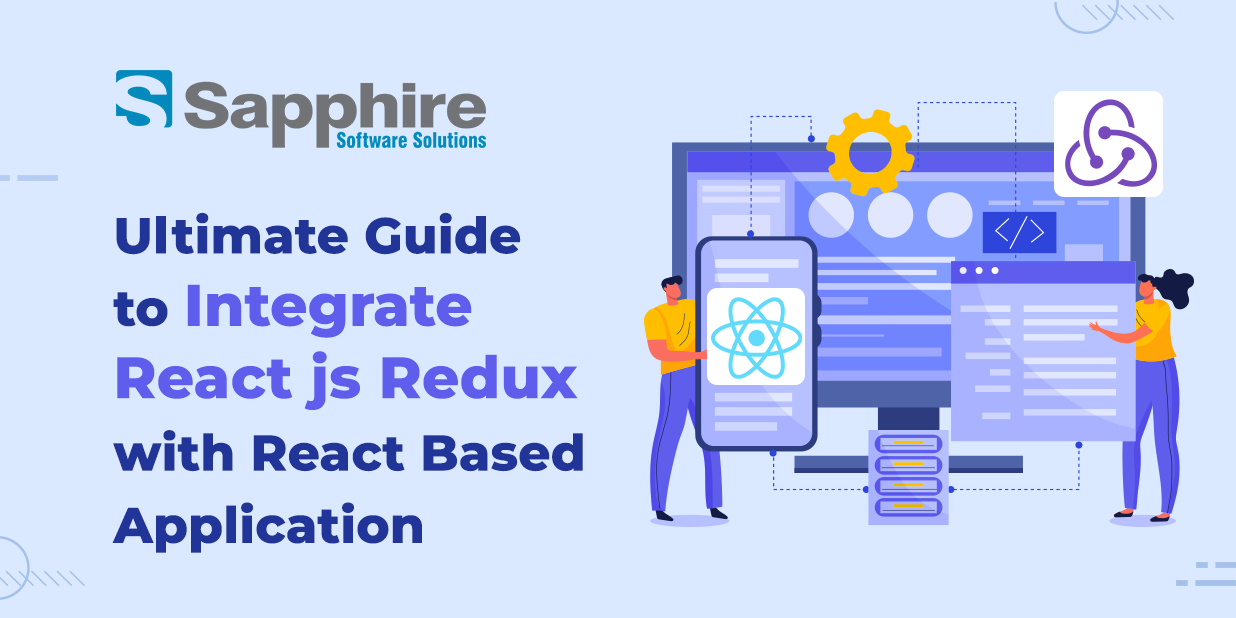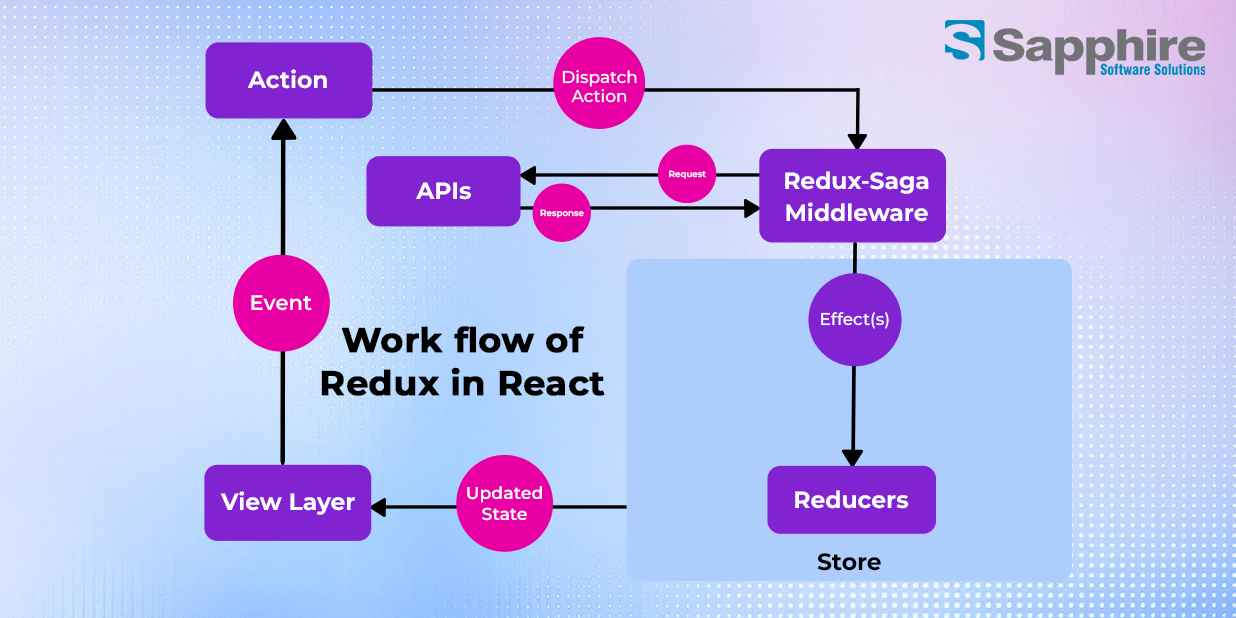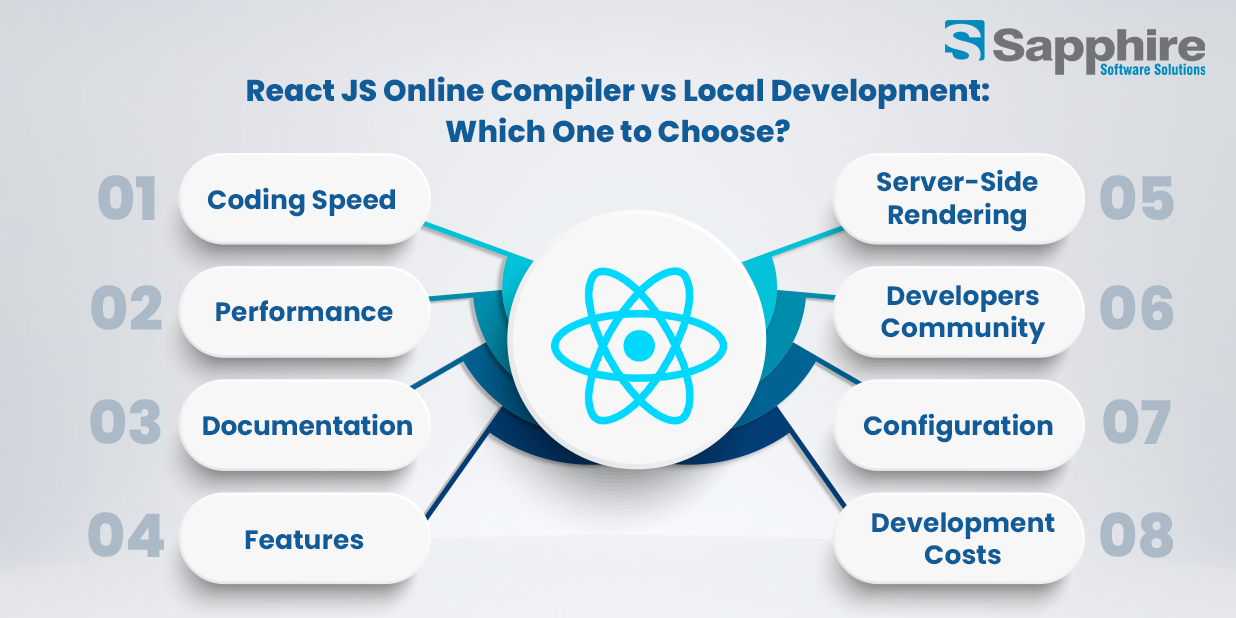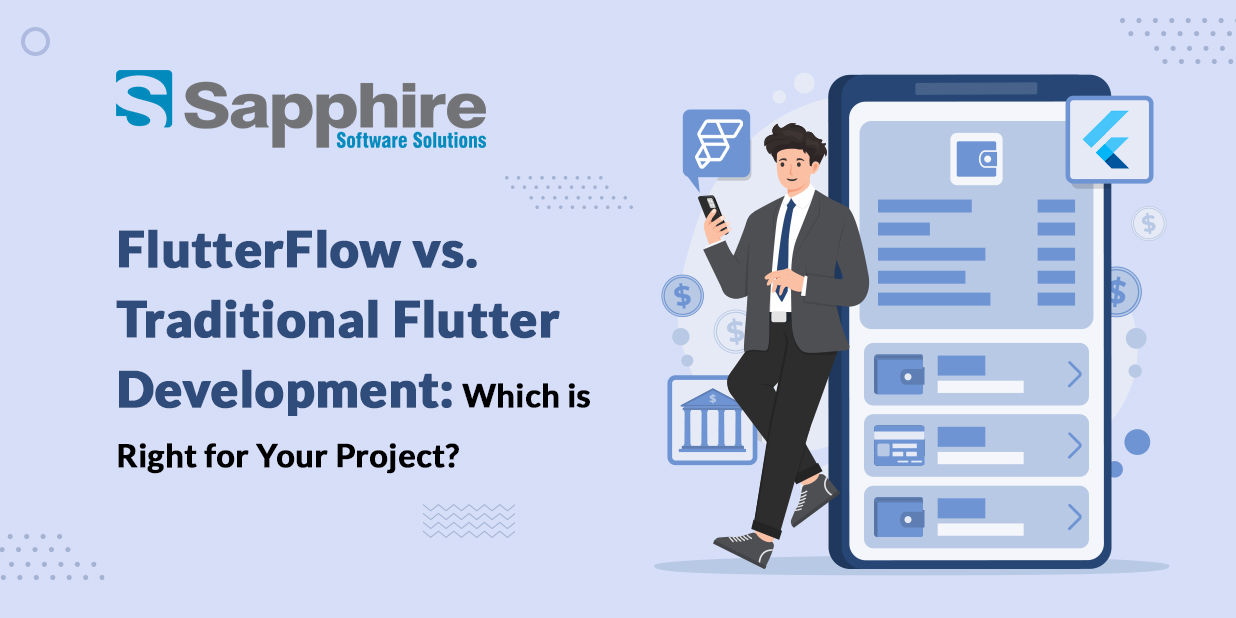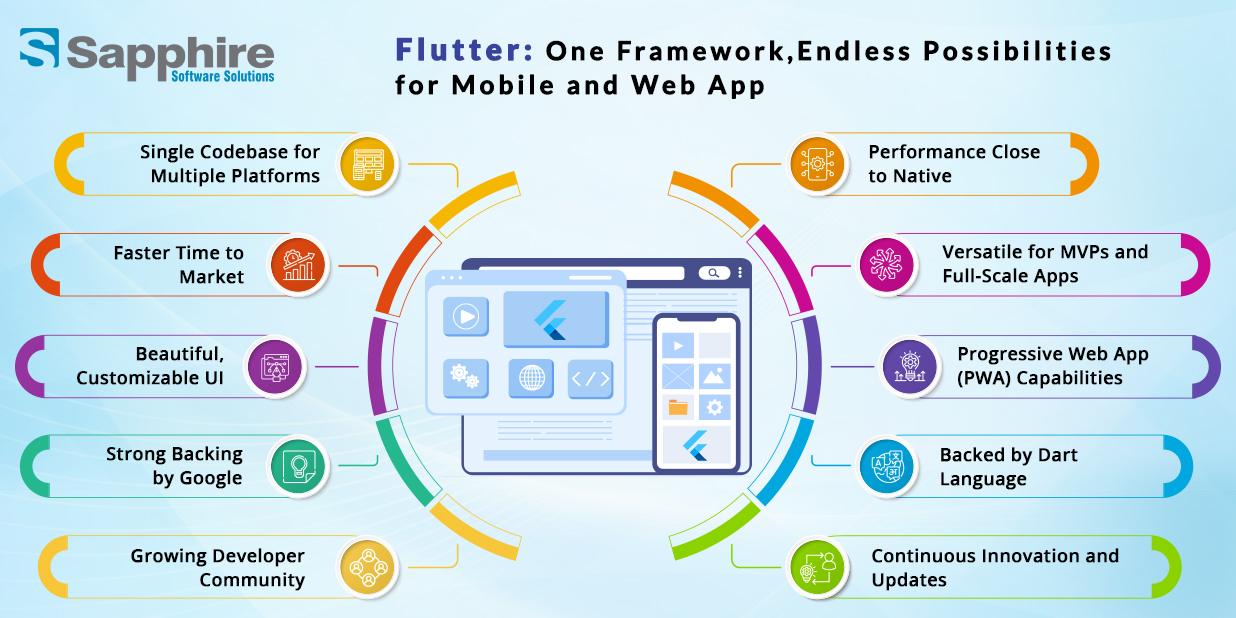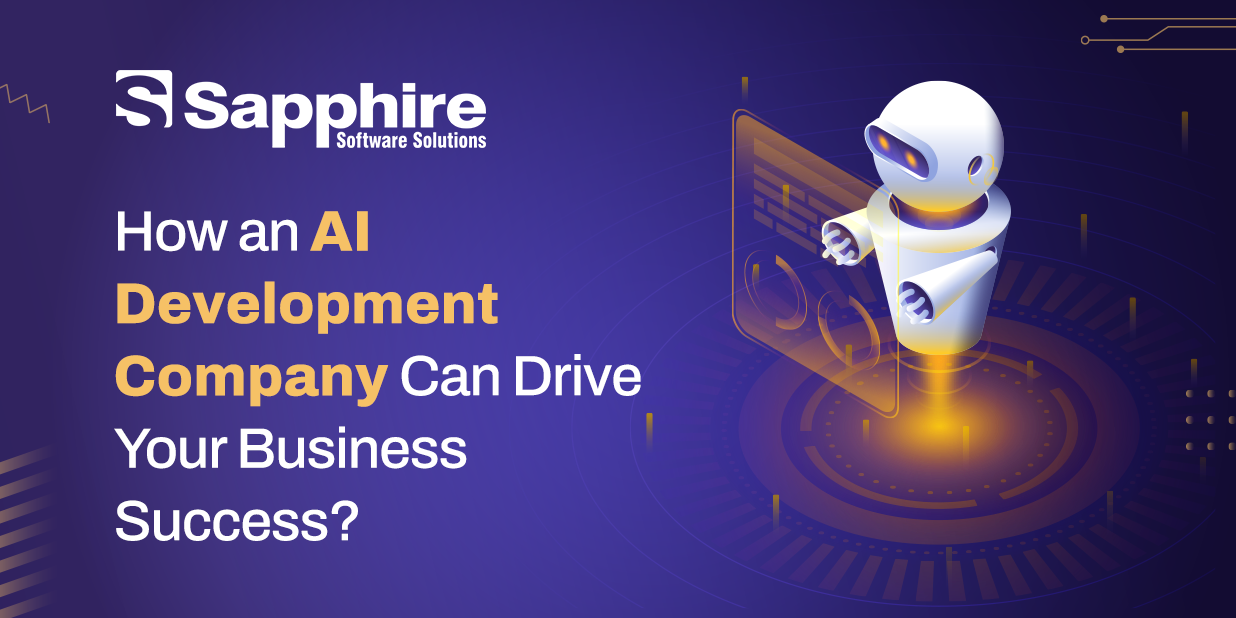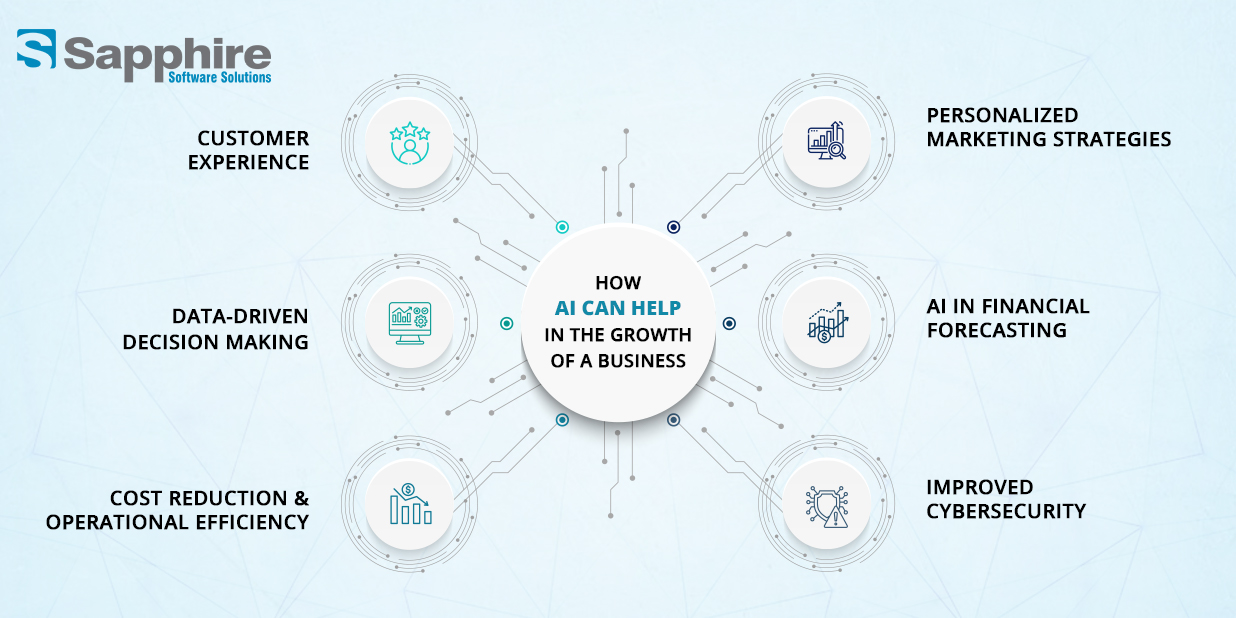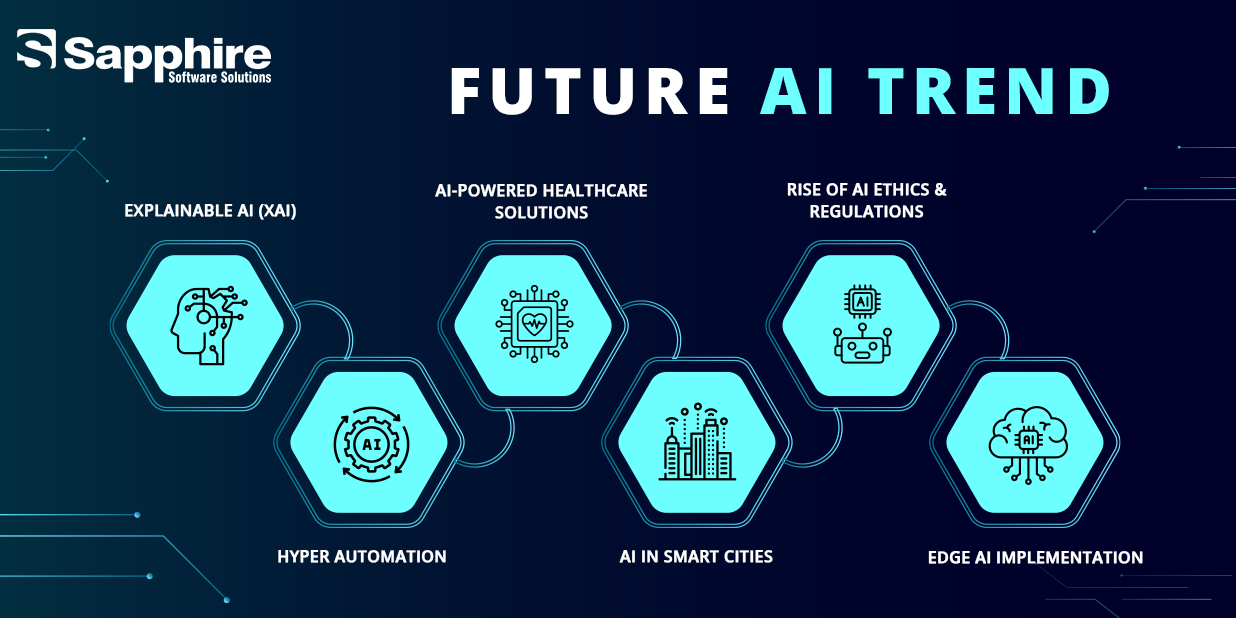Top Instant Delivery Apps explosion is changing customer behavior and retail dynamics all around. People are choosing rapid, hassle-free shopping experiences more frequently more urban populations rise and digital technology develops. In 2025, it is anticipated that the online food delivery market will generate US$54.87 billion in revenue. Revenue is anticipated to exhibit an annual growth rate (CAGR 2025-2029). The projected market volume of US$91.88bn by 2029 is the result of an annual growth rate (CAGR 2025-2029) of 13.75% in revenue.
The fast-paced lifestyle of contemporary customers who want groceries, home basics, and restaurant meals delivered right at their doorsteps within minutes drives most demand for instant home delivery apps.
You can hire an Instant Delivery App Development Company to create an app that allows customer-centric innovations, online ordering, tailored pricing, and 24-hour availability, as competition becomes fiercer. With technology crucial, rapid delivery services seem bright, providing customers greater convenience and companies additional paths for expansion.
Top Instant Grocery Delivery Apps:-
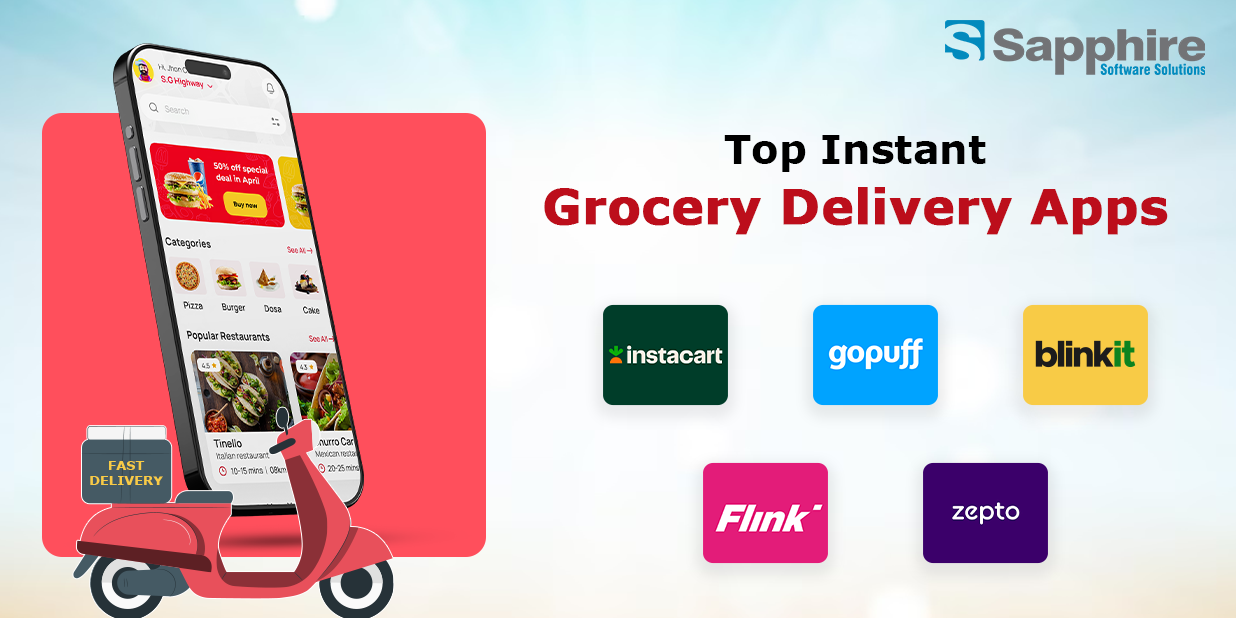
1. Instacart:
Leading grocery delivery company Instacart runs throughout North America and gives consumers access to a large number of local markets and major chains of retailers. The app lets users make their shopping lists, search through items, and request same-day delivery. Before delivering the products to the consumer’s home within hours, personal shoppers meticulously choose the goods, guaranteeing quality and correctness.
To fit consumers with different degrees of urgency, Instacart provides both planned and fast delivery choices. Along with subscription-based offerings like Instacart Express, which gives unlimited free delivery on qualified orders for a monthly or annual cost, the app Features like real-time order monitoring, contactless delivery, and digital coupons also help consumers to make grocery shopping quick and more economical.
2. Gopuff:
Essential commodities, groceries, snacks, drinks, home goods, baby supplies, and even over-the-counter medications are stocked by Gopuff, an immediate delivery service. Gopuff is an instant grocery app that runs its micro-fulfillment facilities, unlike conventional supermarket delivery companies, therefore guaranteeing regular inventory availability and ultra-fast delivery times, often under 30 minutes.
Gopuff offers a predictable and reasonably priced shopping experience with a set delivery charge and no surge pricing. Through the app, consumers can follow their delivery in real time, make orders at any time of day, and peruse a large selection of items. Additionally available from the firm is a membership program called Gopuff Fam, which gives free delivery and other discounts for a monthly fee. Using its efficient logistics system, Gopuff has been a favorite solution for consumers seeking fast and handy daily needs.
3. Blinkit (formerly Grofers):
Blinkit delivers groceries incredibly fast within 10 to 20 minutes and runs throughout India. Delivering basics, fresh vegetables, dairy goods, personal care items, and housing needs, the app guarantees consumers have what they need right now.
Blinkit maintains a high degree of efficiency by holding regularly requested goods in many local fulfillment centers via a network of carefully located dark stores. Using AI-driven logistics, the software maximizes delivery paths, therefore reducing wait times and improving customer happiness.
Blinkit is a simple and user-friendly experience as it also combines real-time monitoring, cashless payment choices, and tailored suggestions depending on buying behavior. The app has become somewhat well-known among city people who depend on quick delivery services for their daily necessities, as it emphasizes speed and ease.
4. Flink:
Popular European supermarket delivery company Flink is well-known for its fast delivery, often within ten minutes. To provide reasonably priced, fresh, high-quality goods, the organization works with nearby retailers and vendors. Operating in big European cities, Flink has become somewhat well-known with its strategic storage sites and highly effective supply chain.
Among Flink’s best qualities is its dedication to sustainability. To reduce carbon emissions, the organization gives eco-friendly packaging, electric delivery bikes top priority, along with the best delivery routes. From reliable local suppliers, consumers may acquire a large variety of food items, including fresh vegetables, dairy, baked goods, and home basics.
Real-time order monitoring, cashless payments, and tailored suggestions based on prior purchases abound from Flink’s user-friendly interface. Flink has rapidly become a go-to provider for European customers seeking quick and consistent supermarket deliveries without minimum order requirements and low delivery prices.
5. Zepto:
Emphasising ultra-quick delivery under 10 minutes, Zepto is a fast-expanding instant grocery delivery company in India. Operating in big cities, the firm uses dark storefronts and artificial intelligence-driven operations to guarantee efficiency and speed.
Zepto distinguishes itself with its flawless user experience, simple app design, large selection of products—including fresh produce, dairy, home goods, and packaged foods—including dairy, household basics, and fresh produce, dairy, home goods, and packaged goods. Young professionals and city people who value speed and convenience have become somewhat popular for the service.
Zepto is an Instant Delivery App for short grocery requirements because of its many payment choices, real-time order monitoring, and planned delivery. Zepto is transforming the Indian grocery delivery scene with its reasonable prices and dedication to effectiveness.
Top Instant Home Delivery Apps:-
Convenience is first importance for customers in the hectic environment of today. Apps enabling instant home delivery have changed the way individuals access daily needs, therefore removing the need for lengthy wait periods and real shop visits. These applications guarantee fast and consistent delivery—often within hours or even minutes—for groceries, home goods, gadgets, or emergency supplies. These services provide flawless and quick shopping experiences by using clever warehouse placement, AI-powered order management, and smart logistics.
From regional players to world behemoths, numerous applications have become leaders in the fast home delivery scene. These are the five fastest rapid home delivery applications that have changed consumers’ shopping and needs fulfillment:
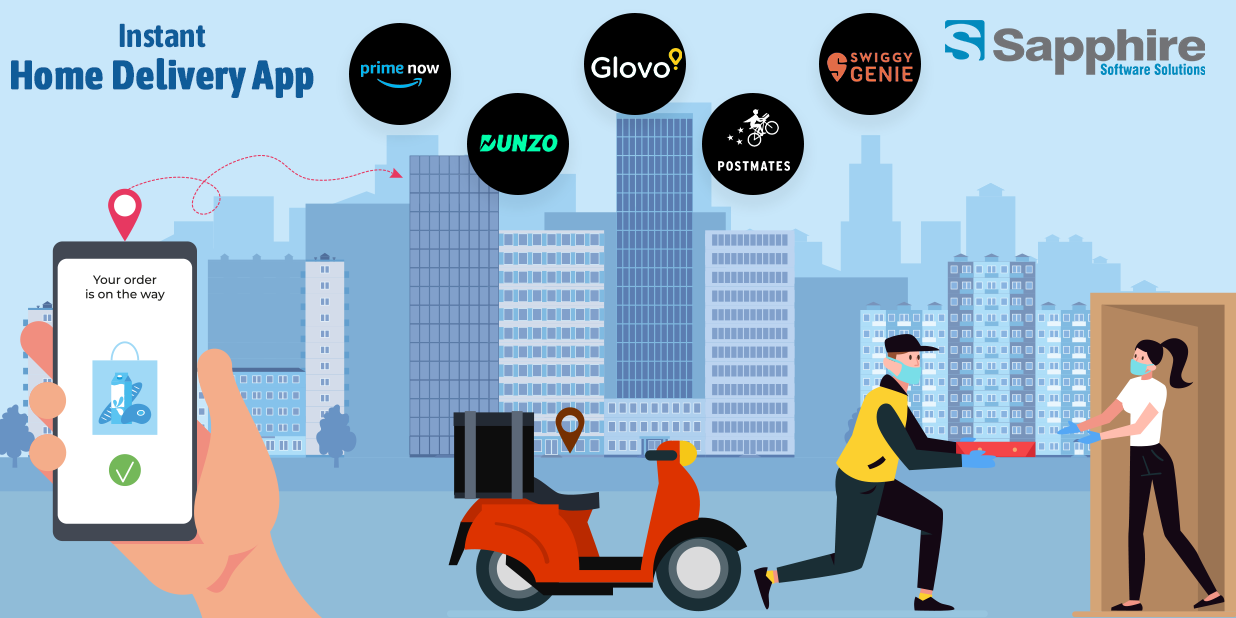
1. Amazon Prime Now:
Amazon Prime Now provides fast delivery of daily needs, electronics, and home goods. Customers with a Prime subscription may get same-day or two-hour delivery, which is a quick fix for last-minute buying.
2. Dunzo:
Designed to handle groceries, food, medication, and even document delivery, Dunzo is an India-based rapid delivery software. Working on a hyperlocal basis, it guarantees quick delivery within cities.
3. Postmates:
Now purchased by Uber, Postmates provides quick home delivery of groceries, restaurant cuisine, wine, and household basics. Widely accessible in the United States, the service claims a large network.
4. Glovo:
Delivering groceries, gadgets, medications, and even clothes, Glovo is a European-based delivery app. Users of the app find it handy as it offers on-demand delivery from many categories.
5. Swiggy Genie:
An expansion of the Swiggy food delivery service, Swiggy Genie provides fast delivery of groceries, basics, gifts, and more, along with rapid pickup. Indian cities utilize it extensively for quick house delivery.
Top Food Delivery Apps:
Instant food delivery apps provide a flawless and quick eating experience without leaving people’s homes, therefore transforming their way they enjoy their preferred meals. These applications have grown indispensable in both urban and suburban environments as digital technology and growing consumer desire for convenience take the stage. They guarantee that consumers get fresh, hot food in record time by working with local restaurants, cloud kitchens, and big food chains, therefore providing access to a great variety of cuisines.
Beyond simple convenience, meal delivery apps are always improving their offerings with contactless delivery choices, real-time tracking, and AI-driven suggestions. Personalized discounts, loyalty programs, and subscription-based services help to increase consumer involvement even more, thus speeding up, simplifying, and rewarding food delivery than before.
These are the top five food delivery applications most known worldwide for their efficiency, range, and user interface:
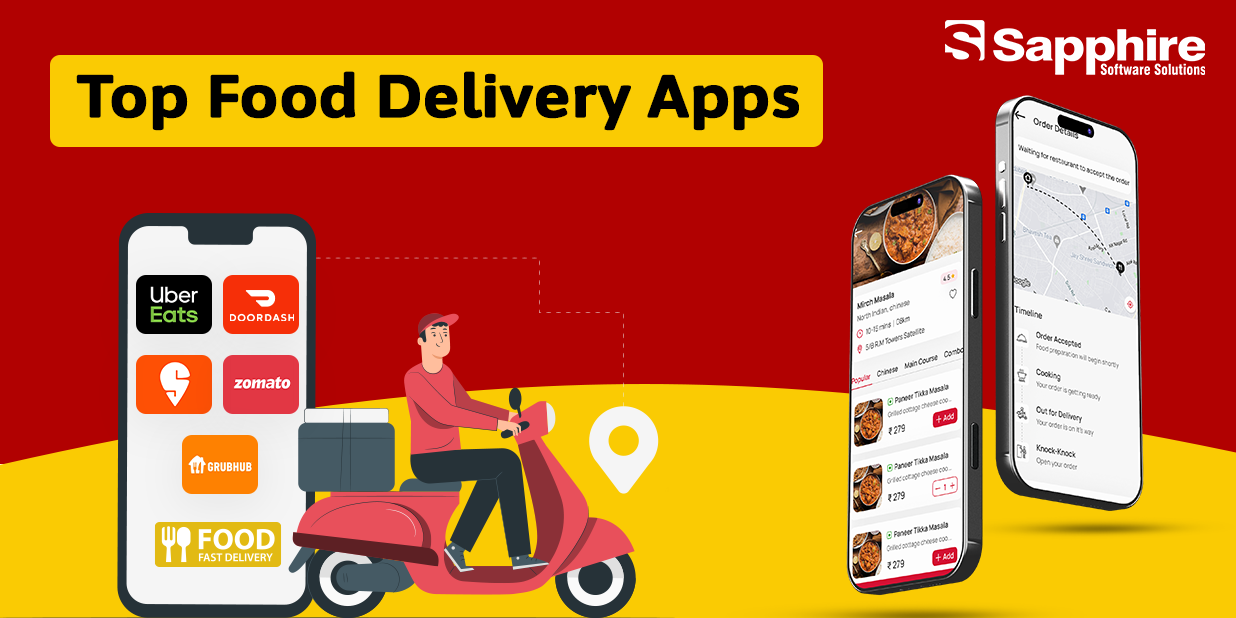
1. Uber Eats:
One of the most often used meal delivery apps, Uber Eats links consumers with nearby eateries. It provides real-time tracking, quick delivery, and a large spectrum of culinary choices. Users of the app may order meals with the same simplicity as booking a trip, as it interacts well with Uber’s vehicle-sharing system. Uber Eats also offers scheduled orders, no-contact deliveries, and group ordering tools among its other delivery choices.
2. DoorDash:
With access to hundreds of eateries, DoorDash rules the American meal delivery scene. For even more convenience, it provides contactless delivery, membership plans, and planned deliveries. Frequent customers find the site to be quite affordable as its DashPass membership offers limitless free delivery on qualified items, therefore enabling. DoorDash provides specialized delivery services for family-owned eateries and small restaurants, therefore supporting nearby companies as well.
3. Swiggy:
Leading Indian food delivery app Swiggy provides speedy meal deliveries, cloud kitchens, and a large range of eateries, along with other features. Its dependability, regular discounts, and strong customer service have helped it to become well-known. The program also offers Swiggy Genie for package delivery and Swiggy Instamart for supermarket deliveries, therefore serving a multifarious client need.
4. Zomato:
Zomato delivers restaurants, reviews, and ratings in many countries. It lets consumers investigate eating alternatives in their hometowns, monitor delivery, and place meal orders. If you’re planning to create an app like Zomato, it’s important to note how their platform stands out with features like real-time order tracking, user-friendly search options, and curated restaurant lists. The site is most well-known for its membership program, Zomato Pro, which provides food order reductions and dining-in experience savings. Additionally, Zomato has entered sustainability projects, including carbon footprint-lowering programs and environmentally friendly packaging
5. Grubhub:
Working with many local and chain eateries, Grubhub is a quite popular meal delivery tool available in the United States. It provides flawless ordering choices, marketing discounts, and real-time monitoring. For regular customers, the app improves the meal delivery experience with tools such as Grubhub+ for free deliveries and priority customer service. Grubhub also helps companies with corporate catering services so they may order large amounts for staff members and events.
These meal delivery applications keep redefining convenience, therefore enabling millions of people worldwide to enjoy more easily available eating experiences.
Fast delivery is no longer a luxury—it’s an expectation powered by advanced logistics and smart technology
Benefits of Instant Delivery App Development:-
Unmatched Efficiency and Time Saving
Instant delivery applications let consumers get groceries, meals, medications, and other basics right at their doorsteps in minutes, therefore saving the need for them to visit actual businesses. For older people, working professionals, and those with mobility problems, particularly, this greatly saves time and effort.
Growing Market Expansion and Enhanced Business Revenue
For companies, a quick delivery system improves client retention and drives higher order volumes. Businesses may reach more people online than just local foot traffic, and hence increase their profile. Further income sources come from subscription models and premium distribution systems.
Improved Customer Content and Brand Loyalty
Faster delivery, flawless user experience, and tailored suggestions help explain high customer satisfaction ratings. Happy consumers build brand loyalty and long-term profitability by returning, writing good reviews, and forwarding the service to others.
Technological Developments for Operational Effectiveness
Real-time tracking, automated order management, and artificial intelligence-driven logistics all help to maximize delivery paths and lower turnaround times. Effective maintenance of stock levels via smart inventory control guarantees clients get their purchases without delays and helps companies save waste.
Competitive Advantage in a Market Still Rising Fast
Companies which have strong and well-integrated quick delivery systems have a big advantage over rivals. Providing ultra-fast and dependable delivery services guarantees continuous development in a very competitive industry, attracts more consumers, and strengthens the brand name.
Eco-friendly innovations and sustainability
Many fast delivery companies are implementing green projects like biodegradable packaging, electric delivery trucks, and AI-optimized delivery paths with low carbon footprints. This not only helps the surroundings but also attracts environmentally aware customers, therefore strengthening the company’s image.
The future of shopping is mobile, and instant delivery apps are leading the charge.
Enhanced Personalization and Data Insights
The Quick Commerce Platform helps companies to have a thorough understanding of consumer preferences, buying patterns, and times of maximum demand. This helps companies to provide dynamic pricing techniques, tailored marketing campaigns, and customized promotions, thereby increasing client involvement and sales.
The Quick Commerce App Development are changing consumer shopping and corporate operations. These applications will become increasingly more efficient as technology develops so that quick delivery will become very essential for contemporary business.
At Sapphire Software Solutions, we have a dedicated team for Instant Delivery App Development Services. Whether you want a custom food delivery app or need to launch our ecommerce store for online delivery, we are here to help you develop instant delivery apps.
Beta feature
Beta feature
















